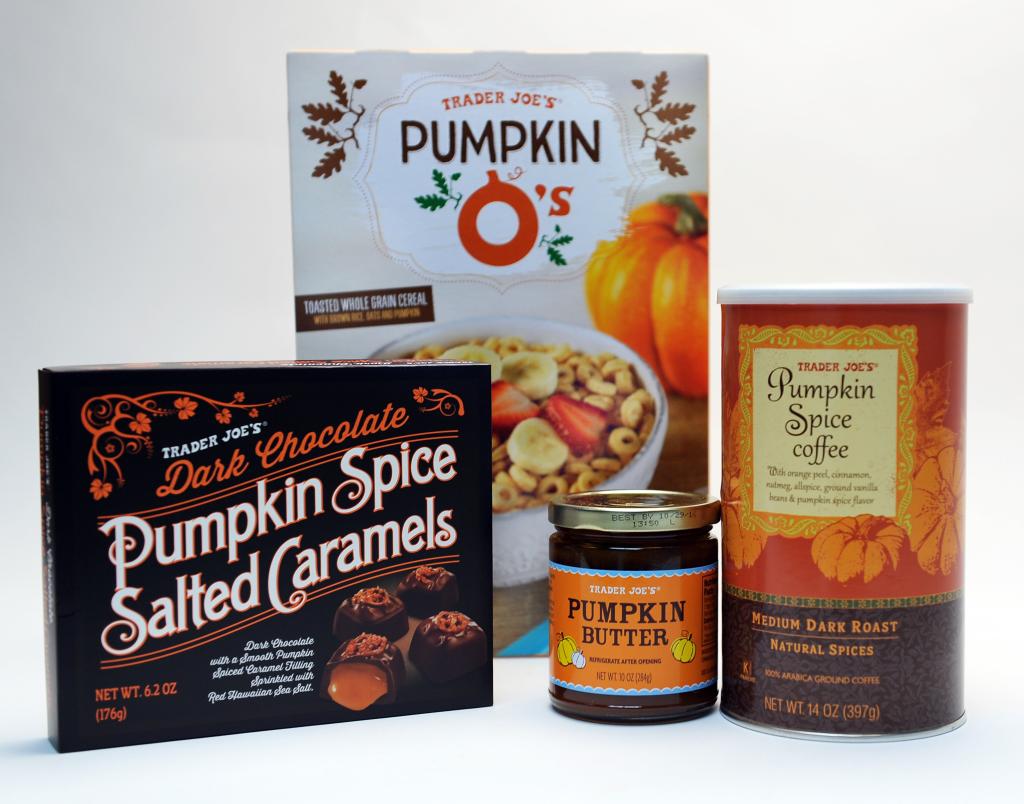Americans look forward to pumpkin spice season every year, but it comes at a cost. A study by LendingTree uncovered a “pumpkin spice tax” where pumpkin-flavored products are on average 7.4% more expensive than non-pumpkin alternatives, with some items costing up to 92% more. Target was found to be the biggest offender of this tax, with their pumpkin spice trail mix and Chobani pumpkin spice oat milk being some of the most expensive items.
Surprisingly, Starbucks’ pumpkin spice latte does not have the highest pumpkin spice tax, although their iced version does cost 25.2% more than the non-pumpkin alternative. Blank Street Coffee’s iced pumpkin spice latte also has a significant price increase compared to their unflavored edition. LendingTree’s chief credit analyst stressed the importance of comparison shopping while grocery shopping, emphasizing the need to look at different stores as well as similar items to find the best deals.
While Target was identified as the worst offender of the pumpkin spice tax, the study found that many of their pumpkin spice products are still competitively priced compared to non-pumpkin alternatives. In fact, six of the 10 products with the biggest negative pumpkin spice tax were from Target, with items like pumpkin spice coffee creamer and mini pretzels costing less than their non-pumpkin counterparts. Trader Joe’s had the product with the biggest negative pumpkin spice tax, proving that there are deals to be found.
In addition to the pumpkin spice tax, food prices have been increasing overall, making it challenging for consumers to indulge in their favorite fall flavors without breaking the bank. This year’s average pumpkin spice tax of 7.4% is actually the lowest in the history of LendingTree’s study, showing a slight improvement from previous years. However, inflation and high food prices may force people to think twice about overspending on seasonal indulgences.
Google Trends data analyzed in the study revealed a spike in searches for pumpkin spice at the end of August, even though many companies introduced pumpkin spice items as early as July. This aligns with previous data showing a significant increase in pumpkin menu items added across the U.S. during the month of July. Overall, the study provides insight into the financial impact of the pumpkin spice craze on consumers and sheds light on the importance of smart shopping during the fall season.


